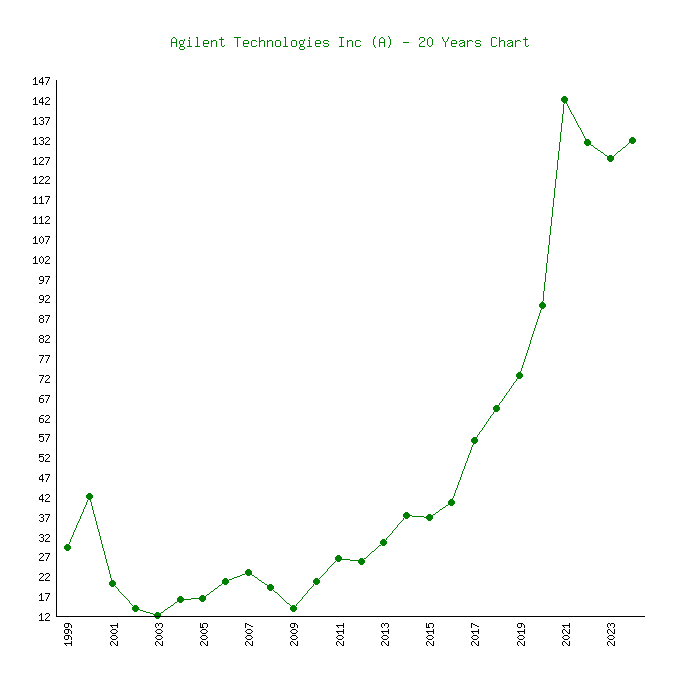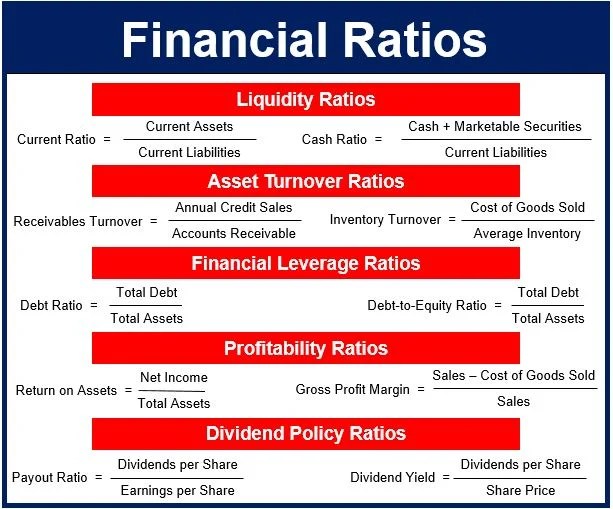Insights into Agilent Technologies’ Recent Financial Dynamics
As someone deeply entrenched in the world of technology and investment through my firm, DBGM Consulting, Inc., I find the shifts in the landscape of technological investments particularly fascinating. A prime example of these shifts can be observed in the recent activities surrounding Agilent Technologies, Inc. (NYSE:A).
Significant Reduction in Holdings by Aigen Investment Management LP
In a recent development during the third quarter, Aigen Investment Management LP reported a drastic reduction in its stake in Agilent Technologies. The firm sold off approximately 78.9% of its holdings, a move that left it with a mere 2,741 shares in the medical research giant. This sale significantly reduced their investment value to about $306,000 by the end of the quarter.
< >
>
Other Institutional Investors’ Reactions
The adjustments in Agilent Technologies’ shares were not limited to Aigen Investment Management LP. Other notable investors and hedge funds have also recalibrated their investment positions:
- AXS Investments LLC increased its stake by 9.3% in the second quarter.
- Ancora Advisors LLC upped its holdings by 41.1% in the first quarter.
- Ronald Blue Trust Inc. and Invesco LLC expanded their positions in Agilent Technologies during the third quarter, with minor but notable additions to their portfolios.
These alterations illustrate the continued confidence and interest in Agilent Technologies across a wide spectrum of institutional investors, signaling a robust confidence in its ongoing and future potential.
Insider Transactions and Market Response
Significant transactions from Agilent Technologies’ insiders, particularly from CEO Michael R. McMullen, have marked the landscape. McMullen executed several sales transactions, cumulatively divesting 95,929 shares, pushing a significant liquidity into the market. Despite these large internal sales, Agilent Technologies has maintained a strong stock market position, showcasing the underlying confidence stakeholders have in the business’s model and future growth trajectory.
< >
>
Analyst Perspectives and Future Outlook
The stock of Agilent Technologies has drawn mixed reactions from analysts. While some have rated the stock as “outperform” or “buy”, predicting a bullish future, others have remained cautious, assigning it a “hold” or even “underweight” rating. Despite these divergent views, the overall analyst sentiment leans towards a moderate to high confidence in Agilent Technologies’ market performance, reflected in an average price target suggesting some upside potential.
< >
>
Conclusion and Moving Forward
The dynamics surrounding Agilent Technologies’ stock exemplify the intricate blend of investor strategies, insider confidence levels, and market reactions that define today’s investment landscape. As someone with a vested interest in both the technological and investment arenas, observing and analyzing these shifts not only provide insights into individual companies like Agilent Technologies but also offer broader lessons on market movements and investment strategies. The strategic decisions by Aigen Investment Management LP and other institutional investors, coupled with the ongoing confidence from Agilent Technologies’ insiders, paint a complex but intriguing picture of the company’s current standing and future prospects.
For fellow investors and technology enthusiasts, these developments underscore the importance of staying informed and adaptive, recognizing that investment opportunities and risks are ever-present in the dynamic marketplace.
Focus Keyphrase: Agilent Technologies Stock
